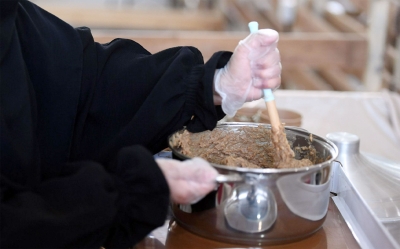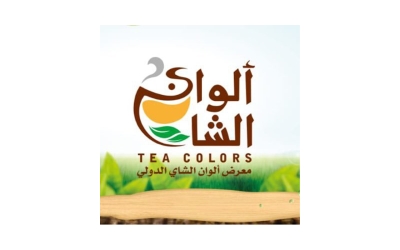
Harees is one of the popular dishes in the Kingdom of Saudi Arabia and some Gulf Cooperation Council (GCC) countries. The practices of preparing and cooking Harees originate from several Saudi regions, particularly the Eastern province, and most provinces share the culture of preparing the Harees in general, with some variations in the spices. It is easy to find a popular dish like the Harees in national festivals in general and heritage festivals in particular, such as Janadriyah National Heritage and Cultural Festival.
The preparation of Harees depends on two main ingredients: wheat and seasoned meat, which are cooked together and left to simmer. Afterward, the meat is mashed with the wheat grains using a wooden utensil called the 'Mudhraba,' and then cow ghee is added to give it a special flavor.
Harees in al-Ahsa
The eastern region, especially al-Ahsa, is renowned for this dish, typically prepared during the month of Ramadan, festivals, and occasions such as weddings, Eid al-Fitr, and Eid al-Adha. It is a rich dish providing a sense of satiety due to its fiber and protein content. This might explain why the people of al-Ahsa prepare it during Ramadan and consume it for Suhoor (pre-dawn meal). It's called Harees because all the ingredients are blended using a large wooden spoon, known as the 'Harees Mudhraba', to ensure a uniform mixture.
Harees boasts high nutritional value owing to its ingredients. It comprises seven hundred g of soaked Harees grains overnight, one kg of meat (preferably thigh meat), three g of salt, sixty g of ghee, and one l or more of water, depending on the type of Harees, along with a 'Sheba' for added flavor. Preparation involves soaking the Harees in boiling water for about two hours, while cooking typically takes around one hour. A serving of Harees can satisfy between five to seven people.
Hail Harees
Harees in Hail Province, known as 'Hail Harees', does not differ much from al-Ahsa Harees in terms of ingredients and preparation method. It is also one of the traditional and popular dishes prepared from cooked wheat grains and meat cut with or without bones, and it is served as a main meal for lunch or dinner. The high content of dietary fiber and proteins, along with its ability to provide the body with necessary energy and warmth in cold weather, characterize it, making it an excellent winter dish.
Related quizzes
Related articles


